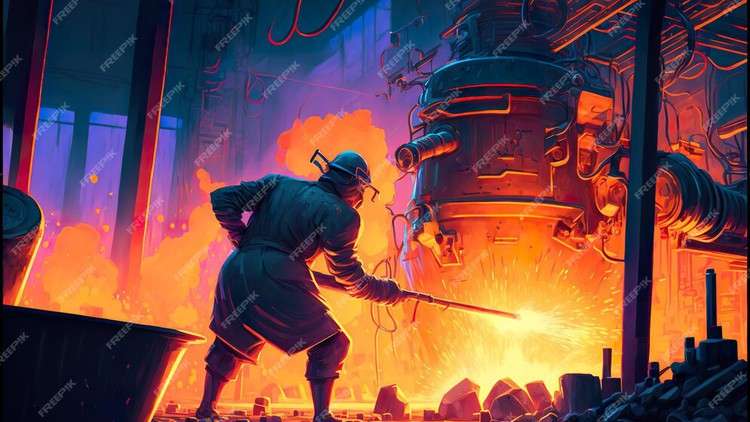
Exploring the Building Blocks of Innovation: A Comprehensive Journey into Materials Science
What you will learn
Understand crystallography and specify planes and directions using miller indices
Analyze the various cystallographic structures like BCC,FCC, and FCC
Understand the various defects in cystalline materials
Analyze the microstructure of metallic materials using phase diagrams and modify the microstructure and properties using different heat treatments
How to quantify mechanical integrity and failure in materials
Description
Description:
This course provides an introduction to Material Science and Metallurgy, which encompasses the study of materials and their properties, as well as the processes involved in extracting and refining metals. The course covers various aspects of material science, such as crystal structures, mechanical properties, phase transformations, and failure. Additionally, it explores metallurgy principles, including alloy design, heat treatment, and metal processing techniques.
Key Highlights:
- Explore the fundamental concepts of material science and metallurgy
- Understand the structure and properties of different materials
- Learn about the various heat treatmnt processes
- Gain insight into metallurgy principles and techniques
- Discover the role of materials in various industries
What you will learn:
- Learning Outcome 1
Acquire a solid understanding of the principles of crystallography - Learning Outcome 2
Examine the strucures of metals and understand the FCC,HCP like structures - Learning Outcome 3
Learn about the various defects in crystals - Learning Outcome 4
Understand the principles of heat treatment and phase diagrams - Learning Outcome 5
Comprehend the mehanical behavious of materials
MODULE – 1
Earlier and present development of atomic structure – Primary bonds: – characteristics of covalent, ionic and metallic bond – properties based on atomic bonding: – Secondary bonds: – classification, application. (Brief review only). Crystallography: – SC, BCC, FCC, HCP structures, APF – theoretical density simple problems – Miller Indices: – crystal plane and direction – Modes of plastic deformation: – Slip and twinning -Schmid’s law – Crystallization: Effects of grain size, Hall – Petch theory, simple problems.
MODULE – II
Classification of crystal imperfections – forest of dislocation, role of surface defects on crack initiation- Burgers vector –Frank Read source – Correlation of dislocation density with strength and nano concept – high and low angle grain boundaries– driving force for grain growth and applications – Polishing and etching – X – ray diffraction, simple problems –SEM and TEM – Diffusion in solids, fick’s laws, mechanisms, applications of diffusion in mechanical engineering, simple problems.
MODULE – III
Phase diagrams: – need of alloying – classification of alloys – Hume Rothery`s rule – equilibrium diagram of common types of binary systems: five types – Coring – lever rule and Gibb`s phase rule – Reactions- Detailed discussion on Iron-Carbon equilibrium diagram with microstructure and properties -Heat treatment: – TTT, CCT diagram, applications – Tempering- Hardenability, Jominy end quench test, applications- Surface hardening methods.
MODULE – IV
Strengthening mechanisms – cold and hot working – alloy steels: how alloying elements affecting properties of steel – nickel steels – chromium steels – high speed steels -cast irons – principal non ferrous alloys.
MODULE – V Fatigue: – creep -DBTT – super plasticity – need, properties and applications of composites, super alloy, intermetallics, maraging steel, Titanium – Ceramics:- structures, applications.
Content